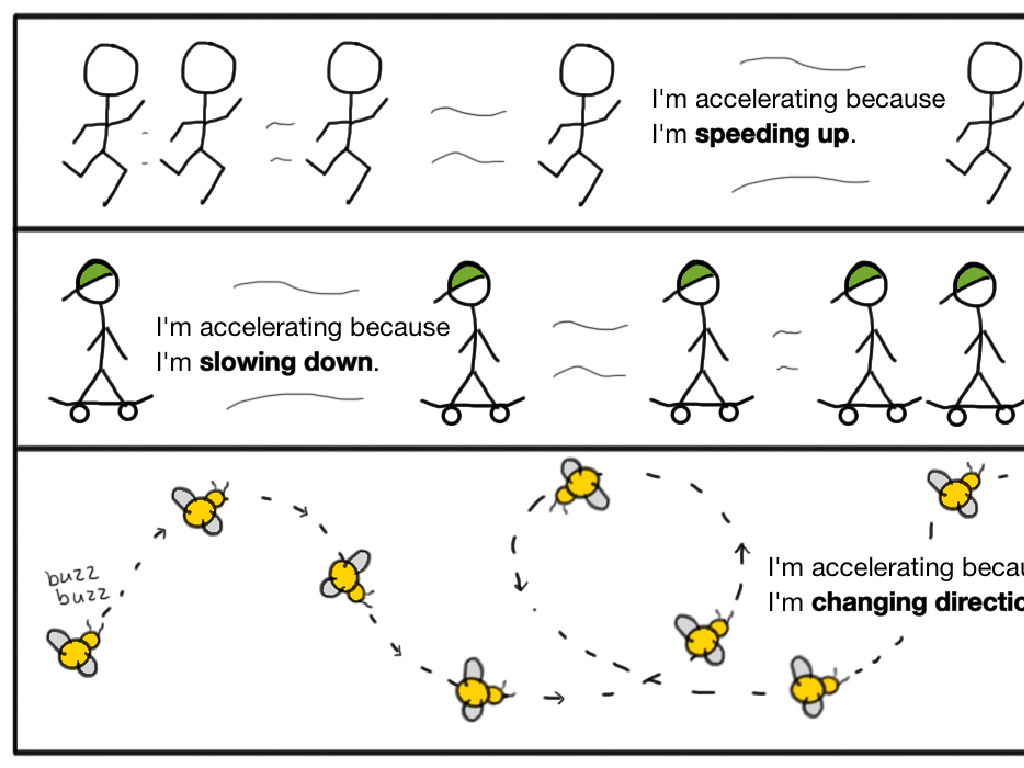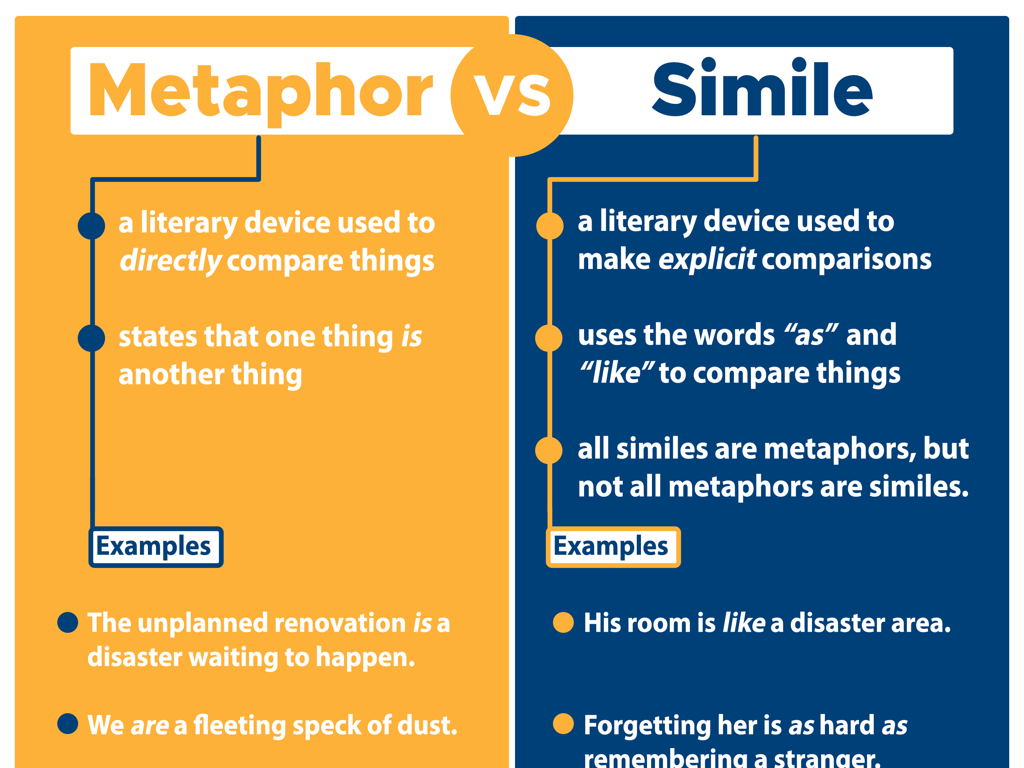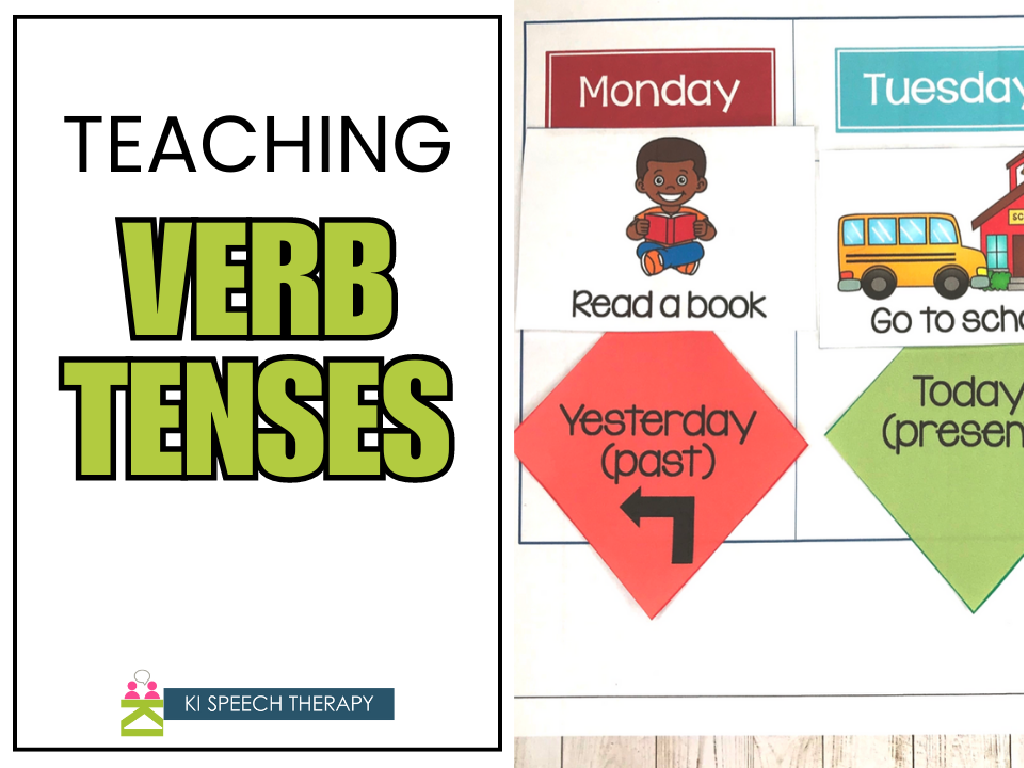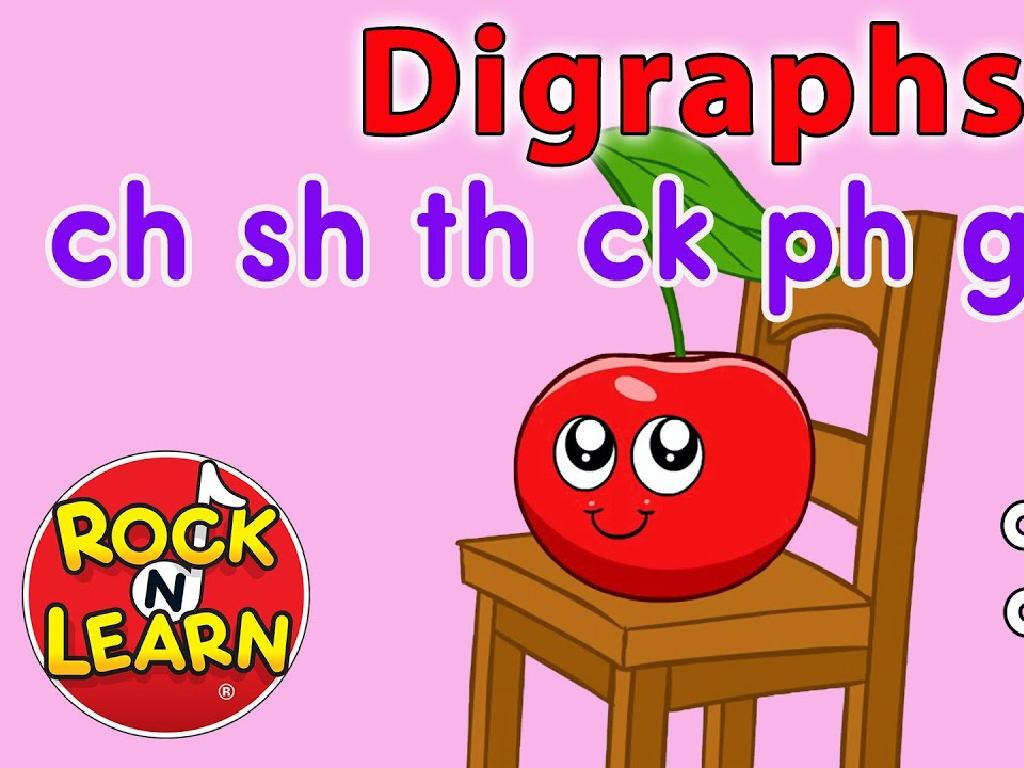Match Words With Greek And Latin Roots To Their Meanings
Subject: Language arts
Grade: Fourth grade
Topic: Greek And Latin Roots
Please LOG IN to download the presentation. Access is available to registered users only.
View More Content
Unlocking Word Meanings: Greek and Latin Roots
– Discover word building blocks
– Greek & Latin roots in English
– Many English words are formed from Greek and Latin roots.
– Roots as a vocabulary key
– Knowing roots helps us guess the meaning of new words.
– Benefits of learning roots
– Learning roots makes it easier to understand and remember words.
|
This slide introduces students to the concept of Greek and Latin roots, which are the fundamental building blocks of many English words. By understanding these roots, students can begin to decode unfamiliar vocabulary and enhance their understanding of the language. Emphasize that a large portion of English words derive from these ancient languages, and knowing the roots can provide clues to the meanings of new words. Encourage students to think of roots as keys that unlock the definitions of complex words. This foundational knowledge will aid them in expanding their vocabulary, improving reading comprehension, and enhancing their language arts skills.
Exploring Word Roots
– What is a root word?
– The main part of a word that holds the basic meaning.
– Roots vs. Prefixes & Suffixes
– Prefixes are added to the beginning, suffixes to the end, but roots are the base.
– Common roots and meanings
– ‘Tele’ means far, ‘photo’ means light. What do they mean in ‘telescope’ & ‘photograph’?
– Practice matching roots
|
This slide introduces students to the concept of root words, which are the fundamental parts of words that carry meaning. Understanding roots helps in deciphering the meaning of new vocabulary. It’s crucial to distinguish between root words, prefixes, and suffixes, as this knowledge will enable students to break down complex words and understand them better. Provide examples of common Greek and Latin roots, such as ‘tele’ (far) and ‘photo’ (light), and ask students to match these roots to their meanings in words they may know, like ‘telescope’ or ‘photograph’. This activity will help solidify their understanding of how roots function in language.
Exploring Greek Roots in Words
– What are Greek roots?
– Greek roots are word parts from the Greek language that form the basis of many English words.
– ‘photo’ and ‘tele’ meanings
– ‘photo’ means light, as in ‘photograph’ (light picture). ‘tele’ means far, like in ‘telephone’ (far sound).
– Words: photograph, telephone
– Discover more Greek-root words
– Look for other words with ‘photo’ and ‘tele’ and guess their meanings!
|
This slide introduces students to the concept of Greek roots, which are building blocks borrowed from the Greek language that help form English words. Start by explaining what roots are and how they contribute to word meaning. Provide examples of common Greek roots such as ‘photo’ meaning light, leading to the word ‘photograph’ which can be broken down into ‘photo’ (light) and ‘graph’ (write or draw) hence, a picture drawn with light. Similarly, ‘tele’ means far, and when combined with ‘phone’ (sound), it forms ‘telephone’, a device for transmitting sound over distance. Encourage students to become word detectives, looking for Greek roots in words they encounter to deduce their meanings. This activity will help them expand their vocabulary and develop a deeper understanding of the English language.
Exploring Latin Roots in Words
– What are Latin roots?
– Latin roots are the building blocks of many words.
– Examples: ‘aqua’ and ‘scribe’
– ‘aqua’ means water, ‘scribe’ means write.
– Words with ‘aqua’: aquarium
– An aquarium is a water home for fish.
– Words with ‘scribe’: describe
– To describe is to write down what something is like.
|
This slide introduces students to the concept of Latin roots, which are the foundation of many English words. By understanding these roots, students can better deduce the meaning of unfamiliar words. Start with the root ‘aqua,’ which means water, and show how it forms the word ‘aquarium,’ a place where aquatic life is kept. Then, take the root ‘scribe,’ meaning to write, and explain how it forms the word ‘describe,’ which means to write about something in detail. Encourage students to think of other words they know that might contain these roots. This understanding will enhance their vocabulary and reading comprehension skills.
Roots and Meanings Match-Up
– Learn to match roots with meanings
– Activity: Root-Meaning Pairs
– Find pairs like ‘bio’ (life) and ‘graph’ (write)
– Discuss context significance
– Words change meaning depending on the sentence
– Understanding words fully
– Grasping roots helps with new words
|
This slide introduces the concept of Greek and Latin roots in words, which are the building blocks of many English words. The activity encourages students to match roots with their meanings, enhancing their vocabulary and word comprehension skills. Emphasize the importance of context in understanding the full meaning of words, as roots can often lead to multiple meanings. For the activity, provide a list of roots and their meanings for students to match. Possible roots include ‘bio’ (life), ‘graph’ (write), ‘tele’ (far), and ‘micro’ (small). Discuss how these roots combine with other words or roots to form new meanings. Encourage students to use context clues from sentences to infer meanings of new words with familiar roots.
Greek and Latin Roots: Practice with Examples
– Explore words with roots
– Words like ‘bicycle’ or ‘telephone’ have Greek and Latin roots.
– Find the root in each word
– ‘Bicycle’ has the root ‘bi-‘ meaning two, ‘telephone’ has ‘tele-‘ meaning far.
– Learn what the root means
– Roots are the building blocks of words and give hints to the word’s meaning.
– Connect root to word meaning
– Knowing that ‘bi-‘ means two helps us understand ‘bicycle’ means a two-wheeled vehicle.
|
This slide is aimed at helping students recognize and understand the significance of Greek and Latin roots in English vocabulary. By examining words like ‘bicycle’ (bi- meaning two) and ‘telephone’ (tele- meaning far), students can see how roots form the foundation of words and contribute to their meanings. Encourage students to break down words they encounter into roots and their accompanying prefixes or suffixes to deduce meanings. This activity will enhance their vocabulary and comprehension skills. For the class activity, students can work in pairs to identify roots in a list of words and discuss how these roots inform the words’ definitions.
Class Activity: Create Your Root Word Tree
– Start with a root on the trunk
– Pick a Greek or Latin root for the trunk of your tree
– Grow branches with related words
– Add branches to your tree for each word that comes from your root
– Each leaf represents a word
– Write a different word on each leaf that shares your chosen root
– Present your tree to the class
|
This activity is designed to help students visually understand how many words can grow from a single Greek or Latin root. Instruct students to choose one root and create a tree on a piece of paper, with the root word at the base or trunk. They should then draw branches out from the trunk, adding leaves that contain words derived from the root. Encourage creativity in the tree’s design. After completing their trees, students will share with the class, explaining the meaning of the root and how each leaf word is connected. This will reinforce their understanding of word origins and meanings. Possible roots to start with include ‘bio’ (life), ‘geo’ (earth), ‘tele’ (far), and ‘photo’ (light).
Conclusion: The Power of Roots
– Recap Greek & Latin roots importance
– Understanding roots helps us figure out word meanings.
– Review today’s roots and words
– Let’s go over the roots like ‘bio’ meaning life and ‘geo’ meaning earth.
– Quick matching quiz
– Test your knowledge by matching roots to meanings.
– Reflect on what we’ve learned
|
As we wrap up today’s lesson, remind students how Greek and Latin roots form the building blocks of many words in the English language. Review the roots discussed in the lesson, such as ‘astr’ for star, ‘therm’ for heat, ‘bio’ for life, and ‘geo’ for earth, along with the words they’ve learned that include these roots. Conduct a quick, informal quiz where students match roots to their meanings to reinforce their learning. Finally, encourage students to reflect on the new words they can now understand and use, emphasizing the practical application of this knowledge in reading and vocabulary building.
Homework: Exploring Greek and Latin Roots
– Take home a roots worksheet
– Match roots to meanings
– Connect ‘bio’ to life, ‘geo’ to earth
– Find new words using the roots
– Create words like ‘biology’ or ‘geography’
– Share your discoveries next class
|
This homework assignment is designed to help students recognize and understand the influence of Greek and Latin roots on the English language. By matching each root to its meaning, students will begin to see patterns and be able to deduce the meanings of new words. Encourage them to look for familiar and unfamiliar words using the roots provided. In the next class, students will have the opportunity to share the new words they’ve found, which will reinforce their learning and allow them to learn from each other. This activity will also enhance their vocabulary and comprehension skills.





